Better output with workforce
engagement management
Unlock your team’s full potential, optimize your resources, and revolutionize customer experiences with the power of Workforce Engagement Management (WEM).
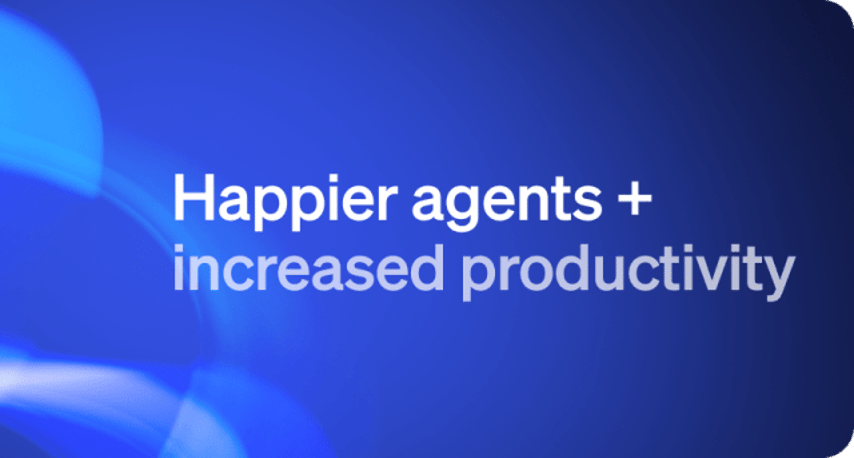

Trusted by forward-thinking companies:





Modernize your team with Nextiva’s
Workforce Engagement Management



How it works
Nextiva WEM

One platform for customer &
employee satisfaction

Increase customer loyalty







Reduce employee attrition












Powerful data insights



Agent Home Page Widgets
Supervisor Real-Time Dashboards
Agent-Facing instrumentation
Dynamic Scripting & Schopping Carts
AI-based Agent Assist & Tooling
Supervisory Custom Widgets

Presence Management
Internal Chat Support
Voice Memo Support
Call Transfers Person + Queue
Queue-based threading
Topic-based threading
Dynamic QM Surveys
Workitem + Cherry Picking Controls
AI-enabled Agent Scoring
Supervisory Dashboards
Supervisory Alarms
Workitem + Queue Detailed Views
Nextiva WEM Features
Nextiva WEM Features
Agent home page widgets provide motivating insight
- Supervisory goals
- KPI comparisons to peers
- Access to voice mail, callbacks
- Occupancy data
- Customisable widgets

Agent-facing shopping makes WEM a breeze
- Shopping carts customizable per campaign
- Use up-loadable product catalog
- Native capability needs no external software
- Ability to transfer data to CRM or back-end billing
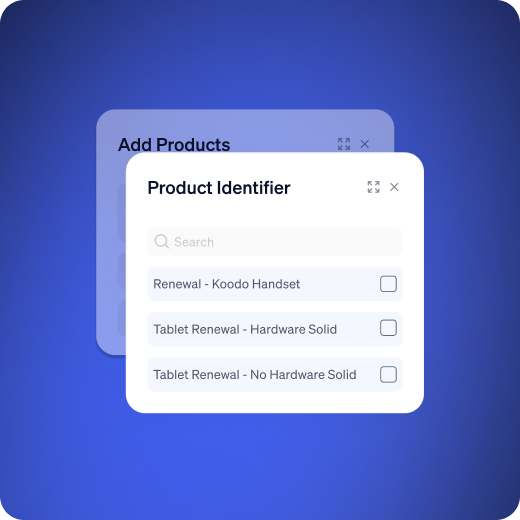
Secure Payment Agent Assist is native and PCI-compliant
- Credit card data not seen or heard by agent
- Success codes written into CRM
- Agent gets real time status of transaction
- Automatic loop-back to agent

Agent-facing Knowledge Base adds WEM power
- Split screen allows view of dialog +KB suggestions
- Real time dialog fuels KB search
- Same KB can power customer communications
- Works with real time summarization

Real time call summarization removes burnout and adds accuracy
- Generative AI crushes time to summarize
- Reduces wrap-up time radically
- Agents can edit summary results
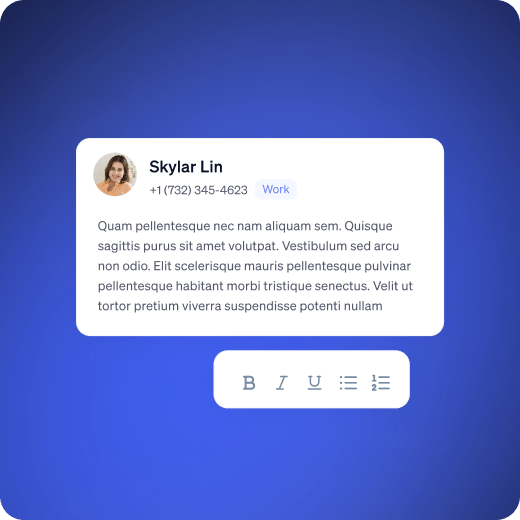
Supervisor home page widgets are customizable WEM tools
- All dashboards widgetizable
- All SLA & KPI stats available for widgets
- At-a-glance view of what’s important
- Customizable views
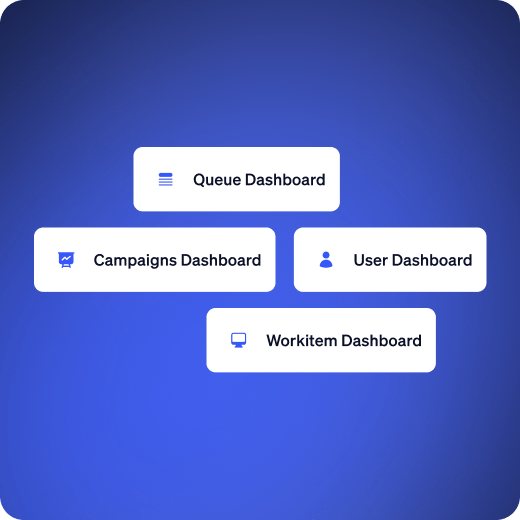
Steve Wozniak
Co-founder at Apple
Grow your business with Nextiva.
Nextiva uses the information you provide to us to contact you about our relevant content, products, and services. You may unsubscribe at any time. For more information, check out our Privacy Policy.



















